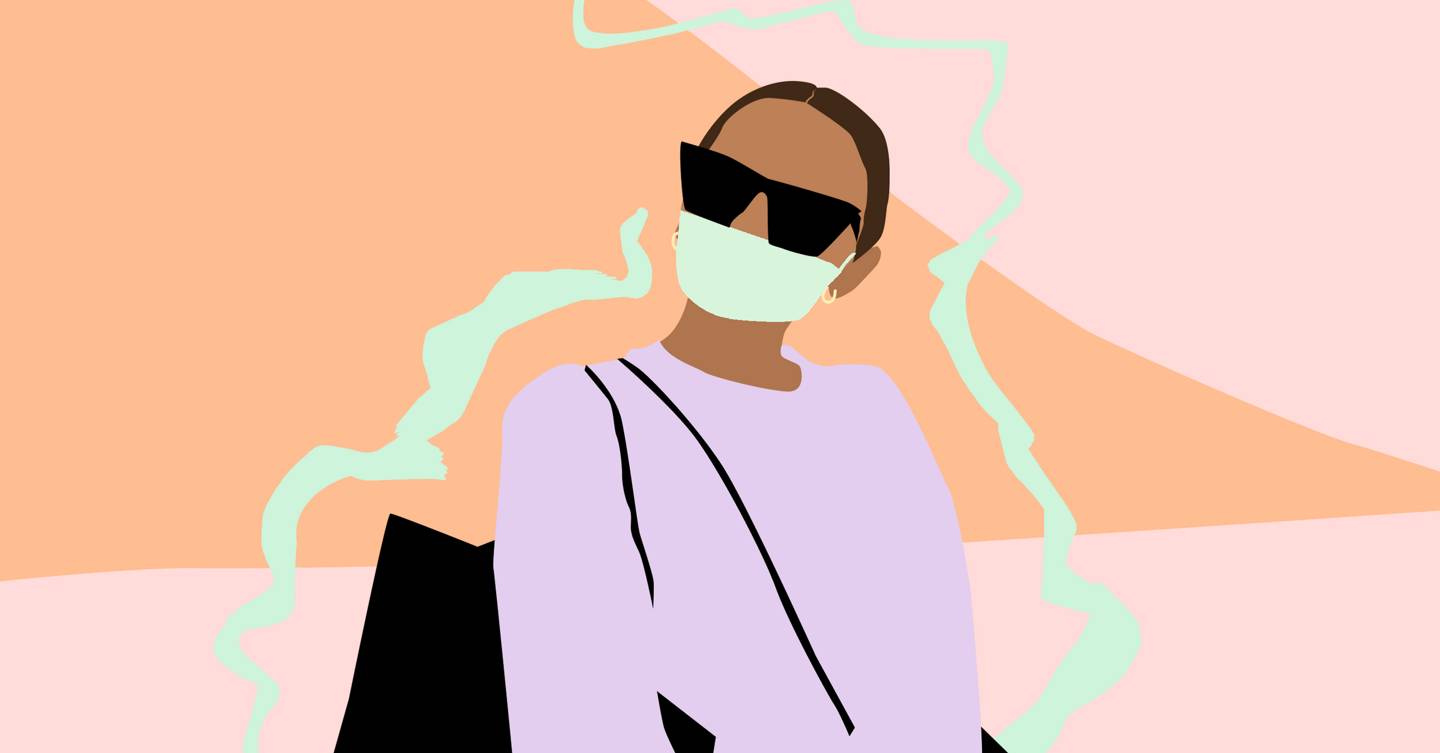A viral video has demonstrated how face masks help stop the spread of airborne infections like COVID-19.
From the YouTube channel ‘It’s Okay To Be Smart‘ hosted by science writer and biologist Dr Joe Hanson, the video uses a slow-motion technique called schlieren imaging to show how droplets travel on air currents when we exhale, a process otherwise invisible to the naked eye. And the difference with or without a mask is pretty shocking.
“It shows exactly why masks work to slow airborne infection,” Dr Hanson says. “It’s important to remember that we can’t see viral particles in these images; they’re too small. But the viruses are carried on that breath, just like the river carries fish.”
“Masks help in two interesting ways. First, it’s important to understand that viruses don’t float around alone; they fly out in droplets of moisture,” Dr Hanson continues. “Most droplets are heavy enough that they fall in two metres or so, but any person or object within that distance can get bathed in virus. And without a mask, some of those droplets can evaporate into super tiny particles of infection that can float on air currents far from your mouth or nose.”
“These micro-droplets are extremely hard for any mask to filter out, but with a mask on – in the warm, humid space between your mouth and the mask – those larger droplets don’t have time to evaporate, and they can be captured by common fabrics. If it feels hot and humid [under your mask], that means it’s working.”
“The second way masks work is that any droplets that do get through, now have less momentum… which means droplets won’t travel as far.”
The video goes on to show the difference between someone talking whilst wearing a mask and without, and all the micro-droplets are caught with the mask on.
Dr Hanson also advises that there is no definitive scientific advice on which type of mask is best – a handmade cloth mask, a bandana or a surgical N95 mask all have ‘droplet-blocking power’ – but the most important thing is that the mask fits your face properly. It must cover your mouth and nose sufficiently without being too tight or having too many thick layers, as this can actually ‘force more air out the sides’.
“A good test is to see if you can blow out a candle with your mask on from about one foot away,” Dr Hanson advises.
So, there you have it – clear evidence that masks are effective in protecting against and controlling the spread of coronavirus. Send this to any mask-naysayers or fake news-spreading Facebook friends. And don’t forget to wear your mask.
